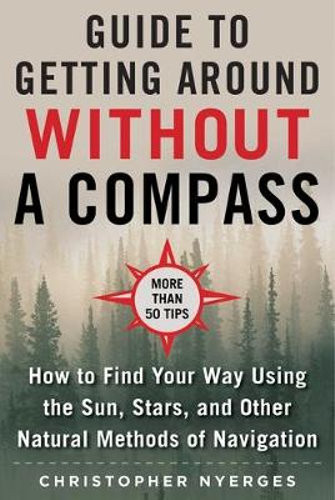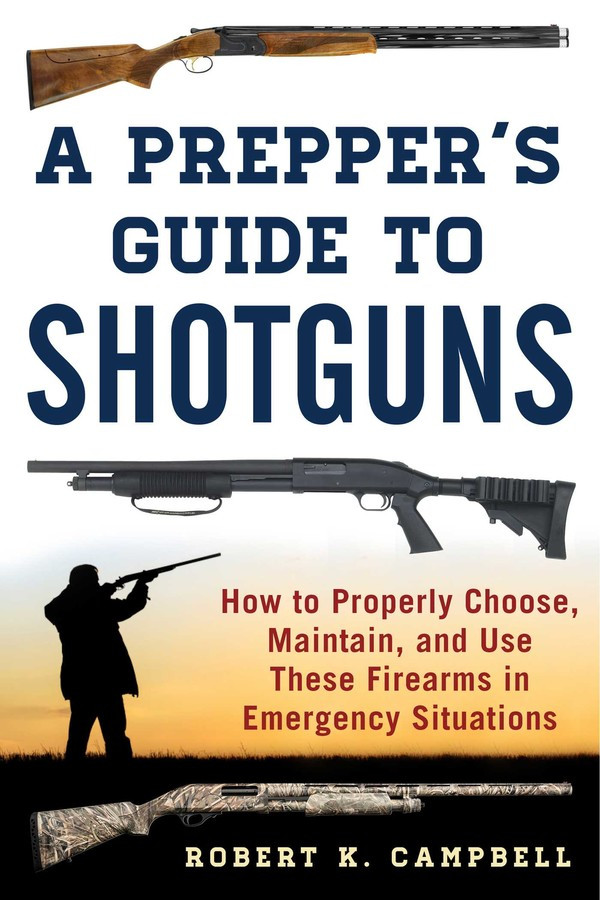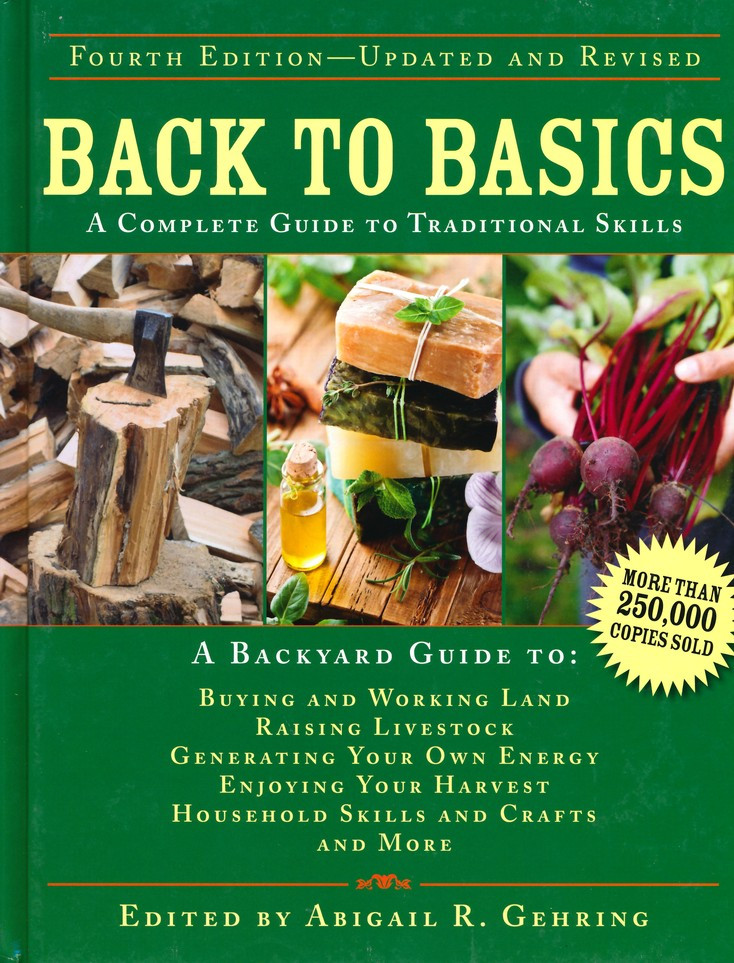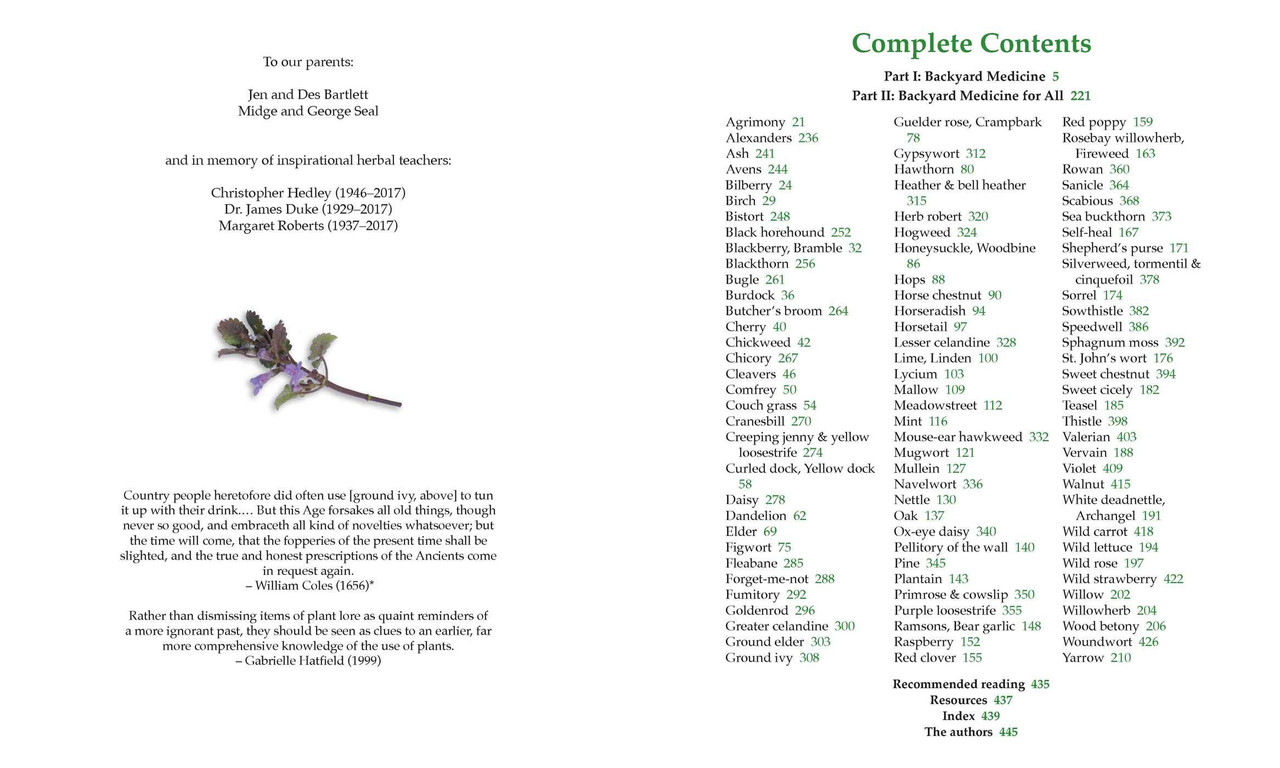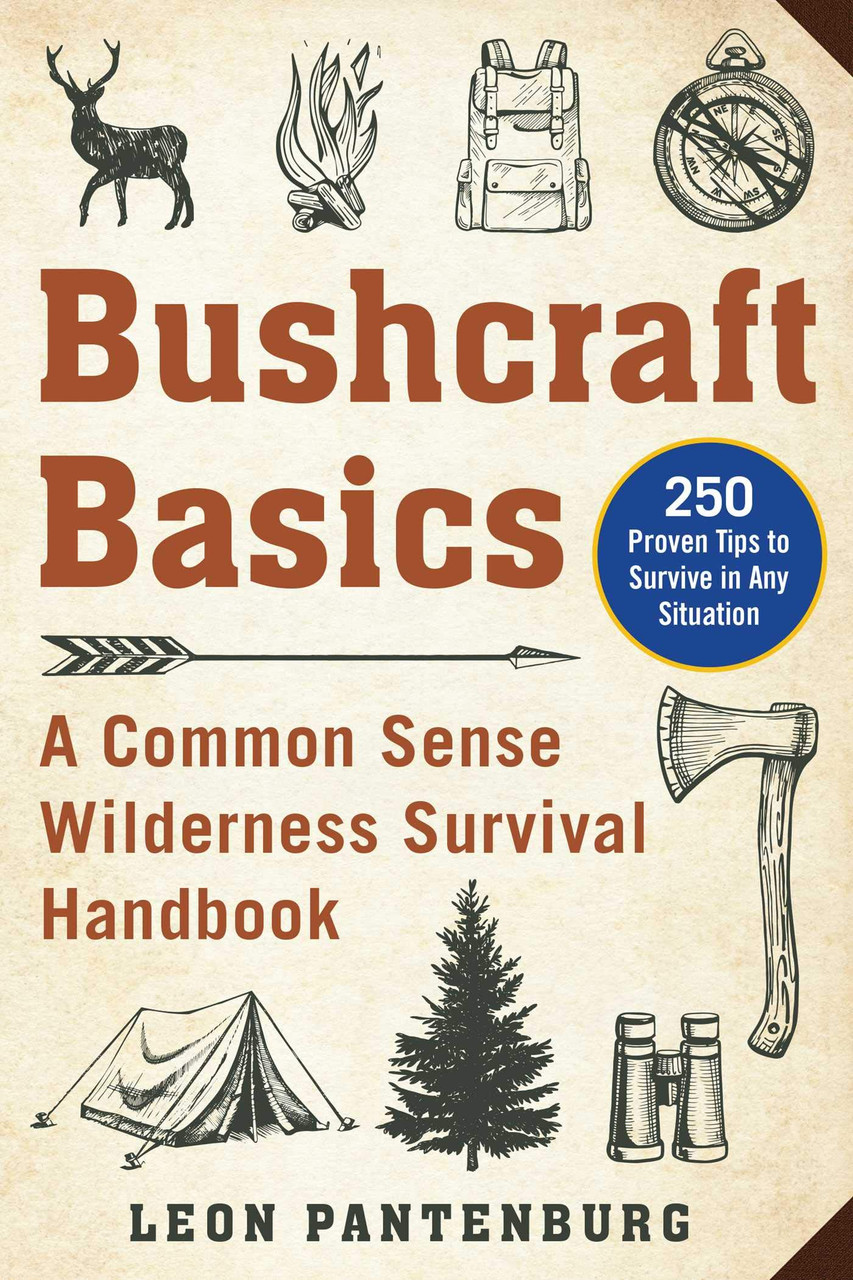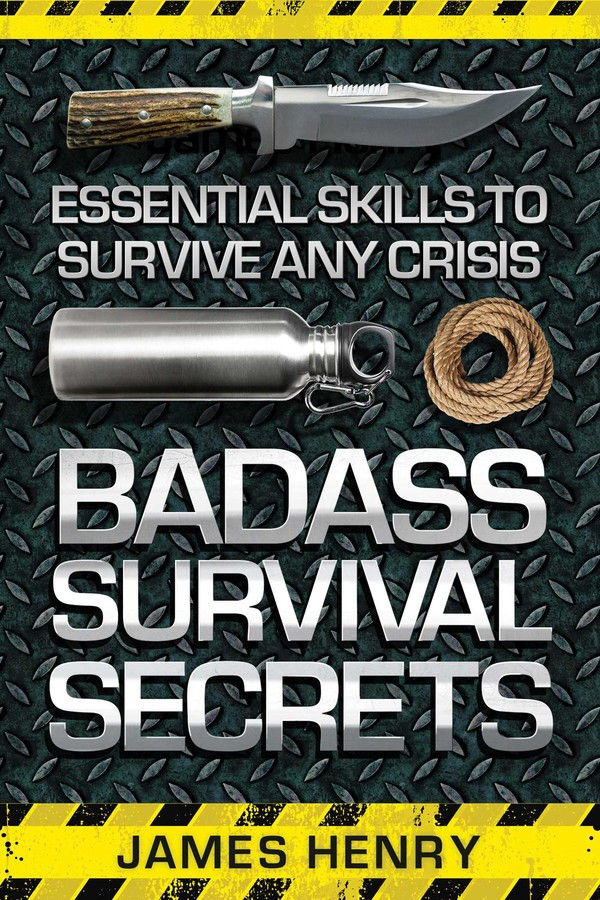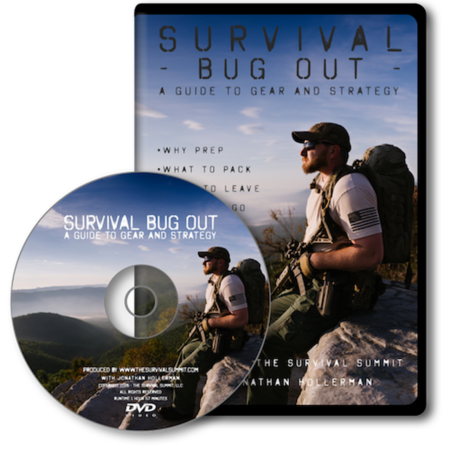| Content | Survival Bug Out
Disaster can strike anytime, whether it be a financial collapse, pandemics, loss of the electric grid, or the many other scenarios that could cause a complete societal collapse.
Would you stay in town with millions of desperate and starving people or would you get the hell out of dodge? Every situation has hundreds if not thousands of variables and there is no easy answer, but this instruction film will give you the knowledge you need to survive if you do need to Bug out.
Film Runtime: 117 Minutes
Featured Skills:
• Secrets of the bug out bag
• What gear to pack and what to leave
• How to minimize visibility on the way
• Why Prep?
• When to leave if you’re going to bug out
• Where to go
From the mind of best-selling author and professional retreat consultant Jonathan Hollerman.
| Learn how to navigate without a compass, even when it seems impossible!
Whether we are walking or driving, whether in the woods, on the water, or in the city, it&;s vital that we know where we are and are able to find our way around. But with society&;s current dependence on modern tools and technology, many persons would have no idea how to navigate without a compass or GPS. In an emergency situation, that lack of knowledge could easily prove fatal.
In The Ultimate Guide to Navigating without a Compass, survival expert Christopher Nyerges provides readers with all the skills that they may need to navigate naturally. The book begins by describing the meaning of natural navigation, and then moves on to describe, in detail, the methods of natural navigation, including using the sun, the stars, the moon, and shadows. Additional topics include:
- How to read a map
- How to make a sun dial
- How to make a star dial
- How to use clouds to predict weather patterns
- How to track celestial changes
- How to gauge time through natural observation
- And much more!
With helpful diagrams, illustrations, and sidebars, The Ultimate Guide to Navigating without a Compass is the fundamental reference book for learning how to navigate by natural methods.
| This is a full-color edition of the very first Boy Scouts Handbook, complete with the wonderful vintage advertisements that accompanied the original1911 edition, Over 40 million copies in print!
The original Boy Scouts Handbook standardized American scouting and emphasized the virtues and qualifications for scouting, delineating what the American Boy Scouts declared was needed to be a “well-developed, well-informed boy.” The book includes information on:
- The organization of scouting
- Signs and signaling
- Camping
- Scouting games
- Description of scouting honors.
Scouts past and present will be fascinated to see how scouting has changed, as well as what has stayed the same over the years.
| In the chaos of a survival situation, firearms will be important tools for protecting yourself, your family, and your supplies as well as for hunting animals for food. In A Prepper’s Guide to Shotguns, Robert K. Campbell discusses the best shotguns to have with you in any confrontation—including the end of the world as we know it. Shotguns that are easy to carry and lightweight and that shoot accurately and reliably at close ranges are ideal candidates for personal protection. In A Prepper’s Guide to Shotguns, Campbell explores specific shotguns that are appropriate for urban, rural, and suburban environments, with tips on how to use them in each context. Whether at home or in a survival scenario, these shotguns are the best for defense. A Prepper’s Guide to Shotguns not only reviews the specific features of defensive shotguns but how to use them—whether on the move, in a defensive situation, while retreating, or in other circumstances. Campbell also offers expert tips on how to improve your marksmanship, how to maintain your firearms, crucial gun safety rules, what ammo and optics to purchase, and more. |
- Sections dealing with all kinds of emergency situations
- Great companion book to the Pocket Guide to Emergency First Aid
- Spiral binding lets pages lay flat for easy reading in the field
- Side tabs let you find the right chapter quickly
- Fully waterproof, dirt-proof, tear-proof, wind-proof, kid-proof.
- Pages are made of specially formulated, heat-treated, PVC plastic - polished, resin-coated polyvinylchloride polymer). Pages feature:
- Bright white printing surface - all printing is clear and precise
- Virtual indestructibility - the pages can't rip or tear, and the corners won't bend over
- Flexibility - pages can bend without breaking
- Washable surface - just wipe clean after use or wash in water
- Steel rule die cut with polished edges - the corners won't poke you while in your hand or in your pocket, as often happens with plastic printed materials
- Will not warp, fade or deteriorate. (Keep out of direct sunlight for prolonged periods - nothing can prevent the sun's ultraviolet rays from "yellowing" any kind of paper or plastic. Under normal conditions it will take years of use for these Pocket Guides to "yellow", and even then they will remain clear and perfectly readable!)
| Over 200,000 copies sold—fully updated! Dye your own wool, raise chickens, make your own cheddar cheese, build a log cabin, and much much more.
Anyone who wants to learn basic living skills—the kind employed by our forefathers—and adapt them for a better life in the twenty-first century need look no further than this eminently useful, full-color guide.
Countless readers have turned to Back to Basics for inspiration and instruction, escaping to an era before power saws and fast-food restaurants and rediscovering the pleasures and challenges of a healthier, greener, and more self-sufficient lifestyle.
Now newly updated, the hundreds of projects, step-by-step sequences, photographs, charts, and illustrations in Back to Basics will help you dye your own wool with plant pigments, graft trees, raise chickens, craft a hutch table with hand tools, and make treats such as blueberry peach jam and cheddar cheese. The truly ambitious will find instructions on how to build a log cabin or an adobe brick homestead.
More than just practical advice, this is also a book for dreamers—even if you live in a city apartment, you will find your imagination sparked, and there’s no reason why you can’t, for example, make a loom and weave a rag rug. Complete with tips for old-fashioned fun (square dancing calls, homemade toys, and kayaking tips), this may be the most thorough book on voluntary simplicity available. |

